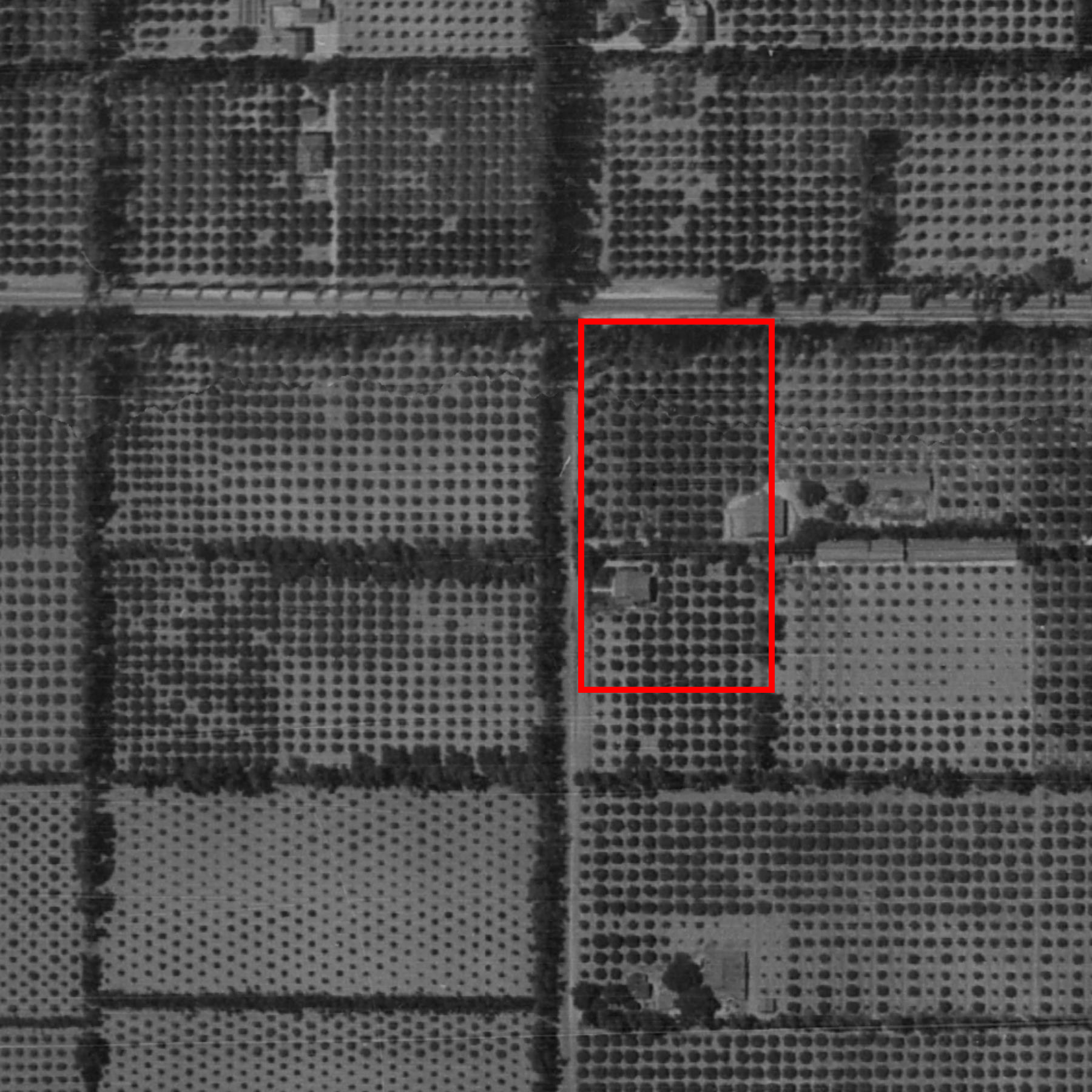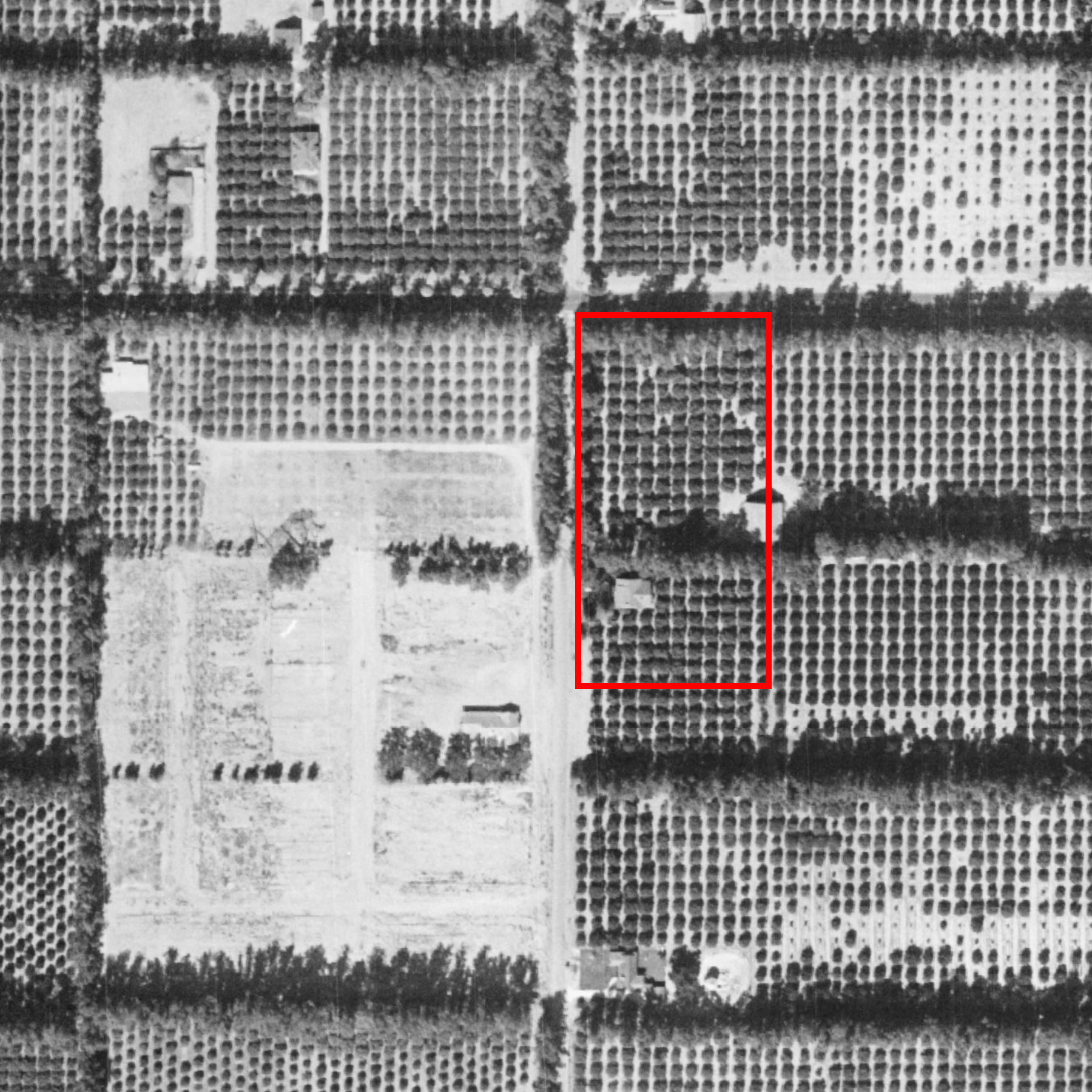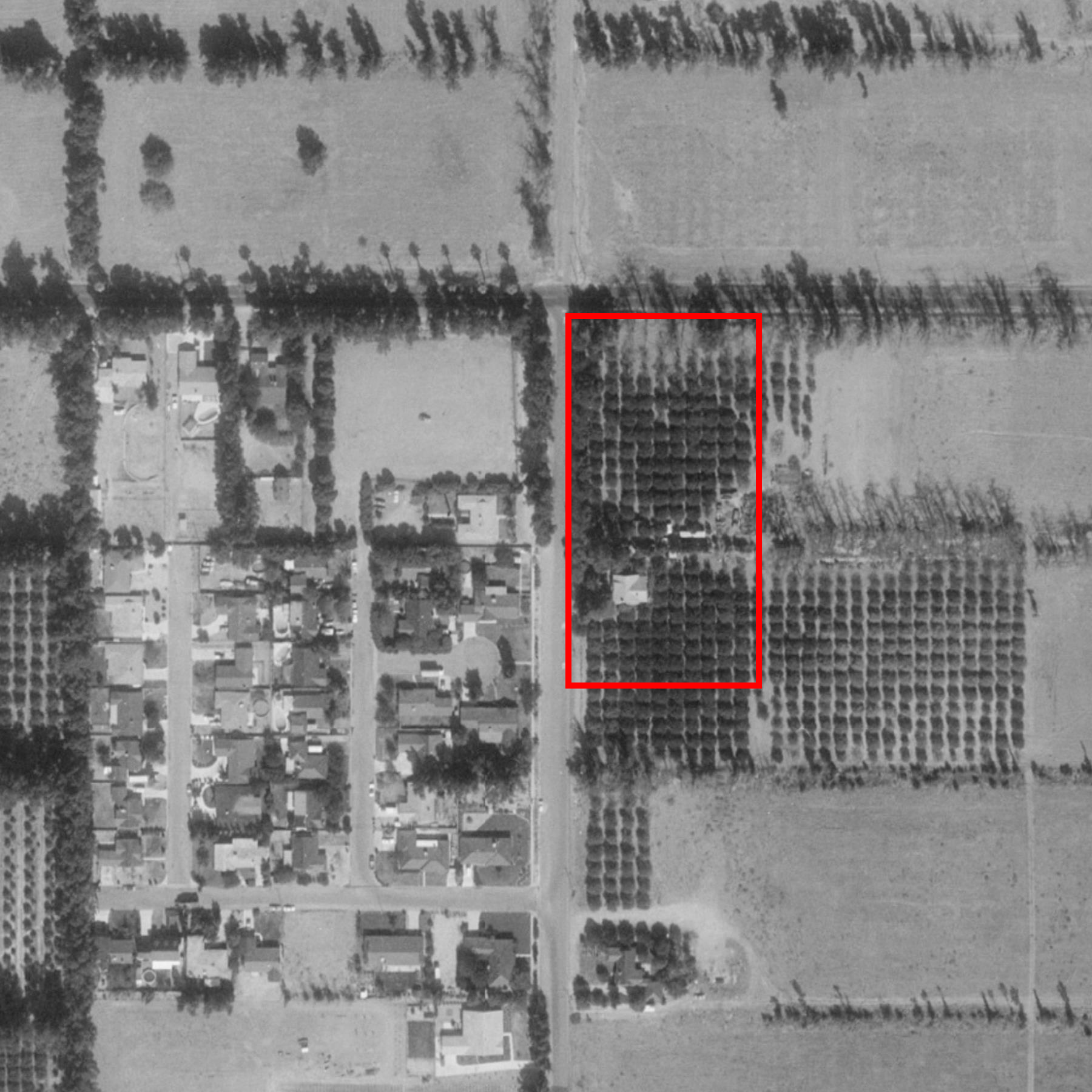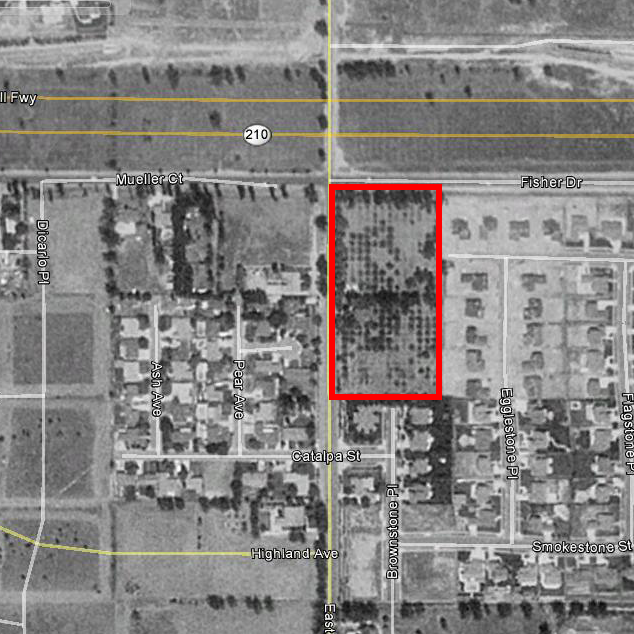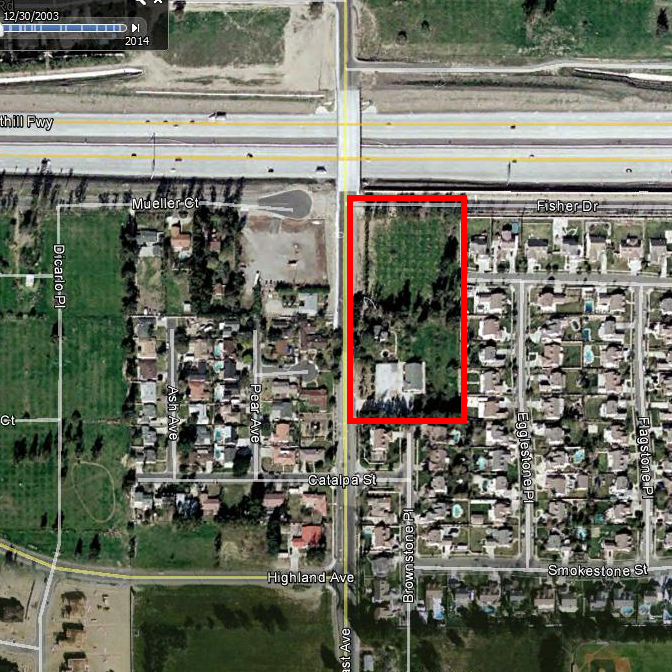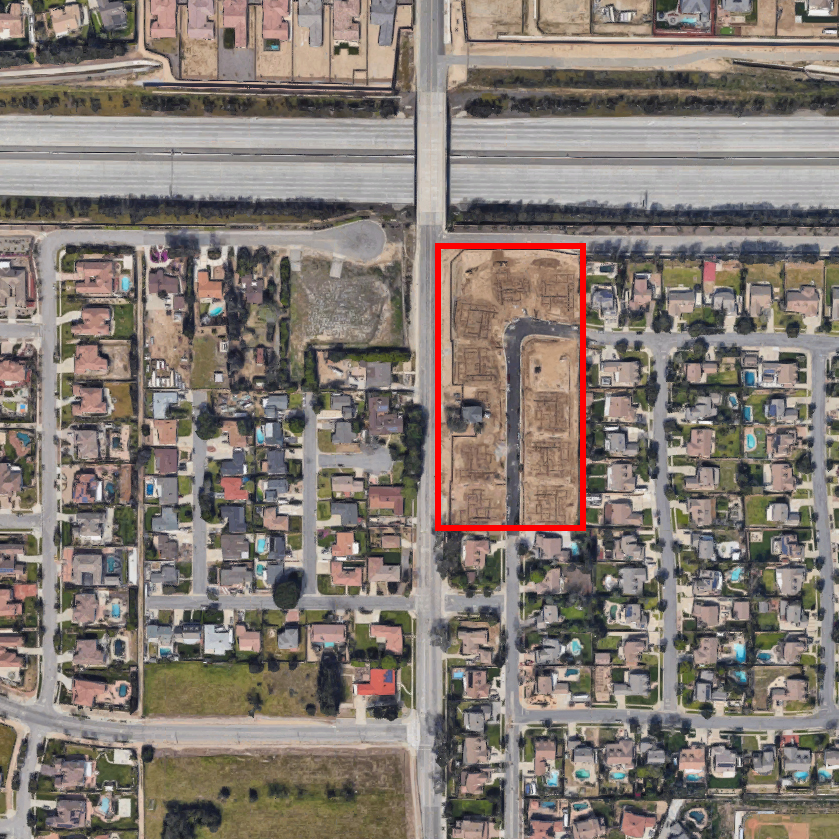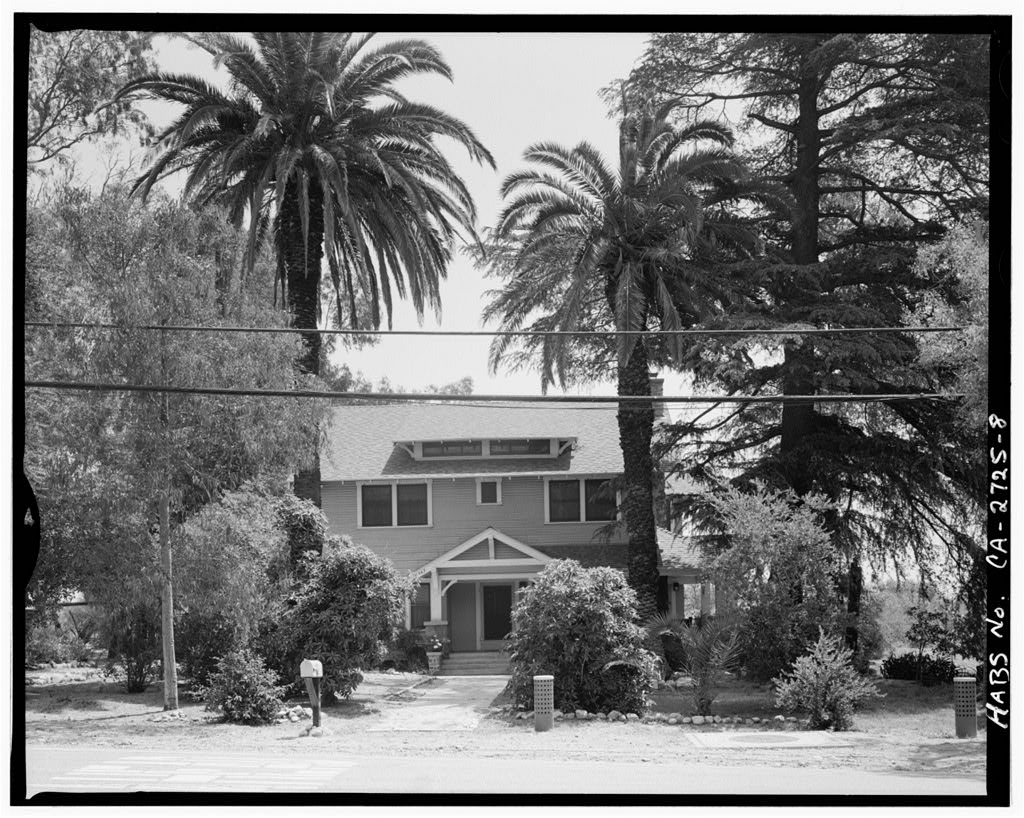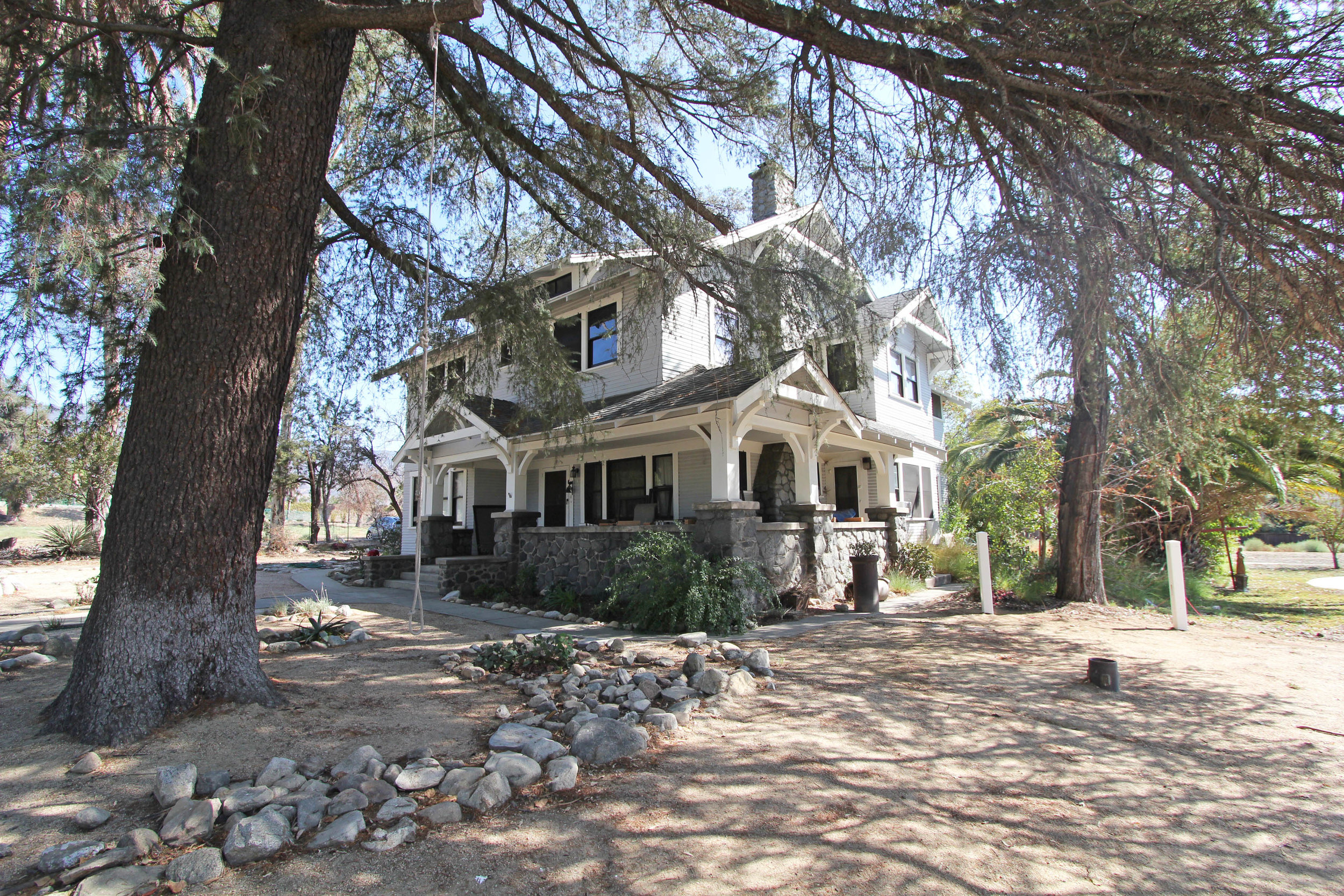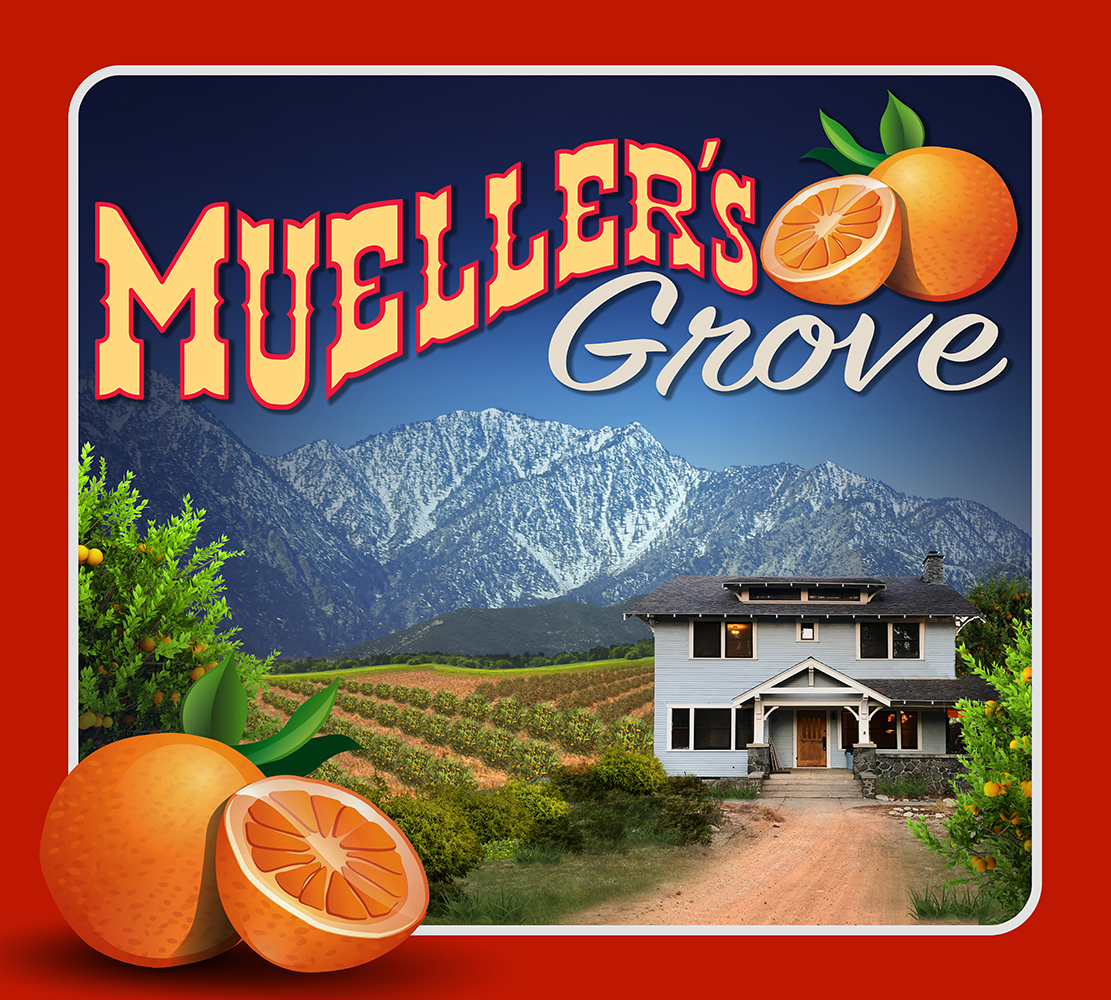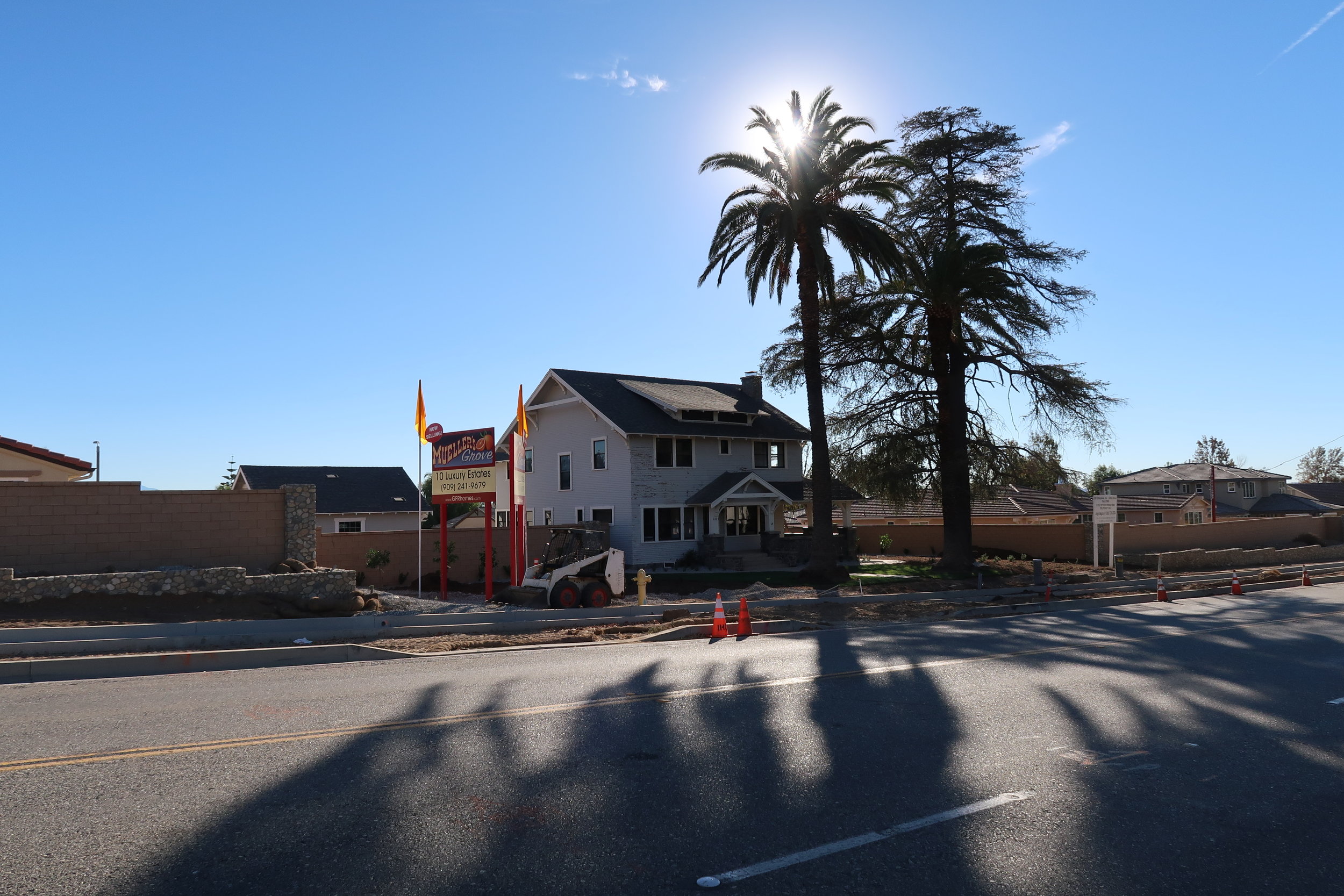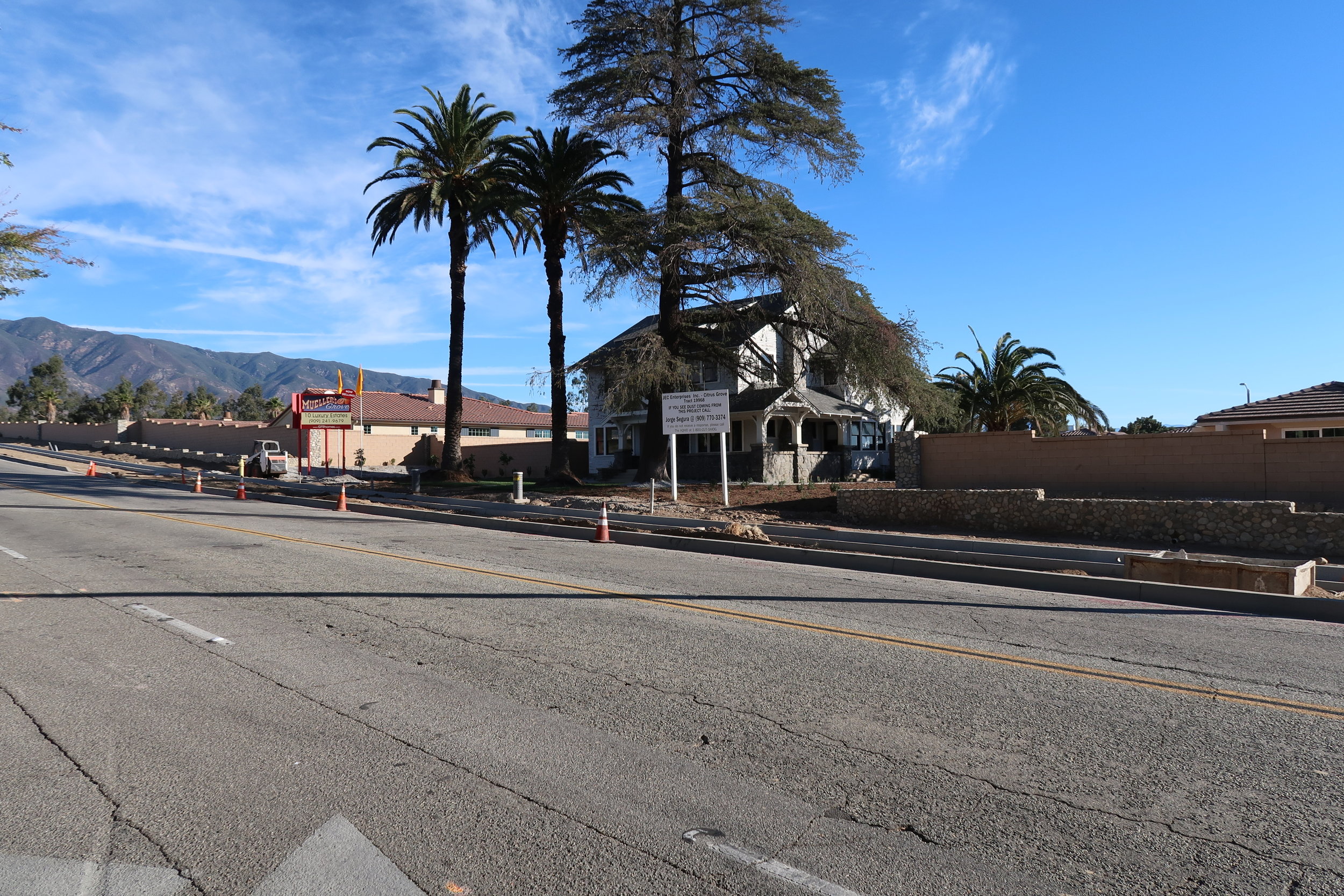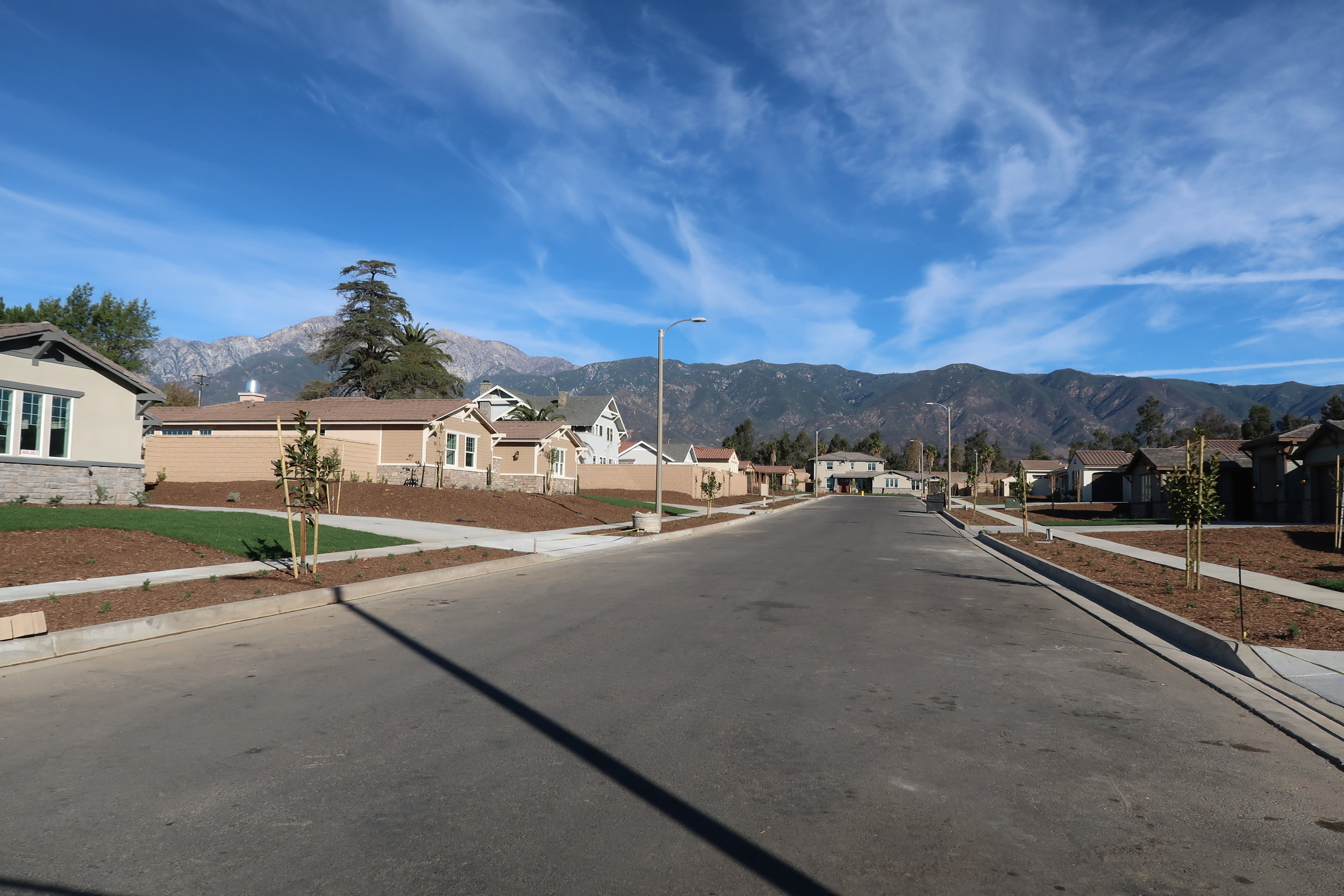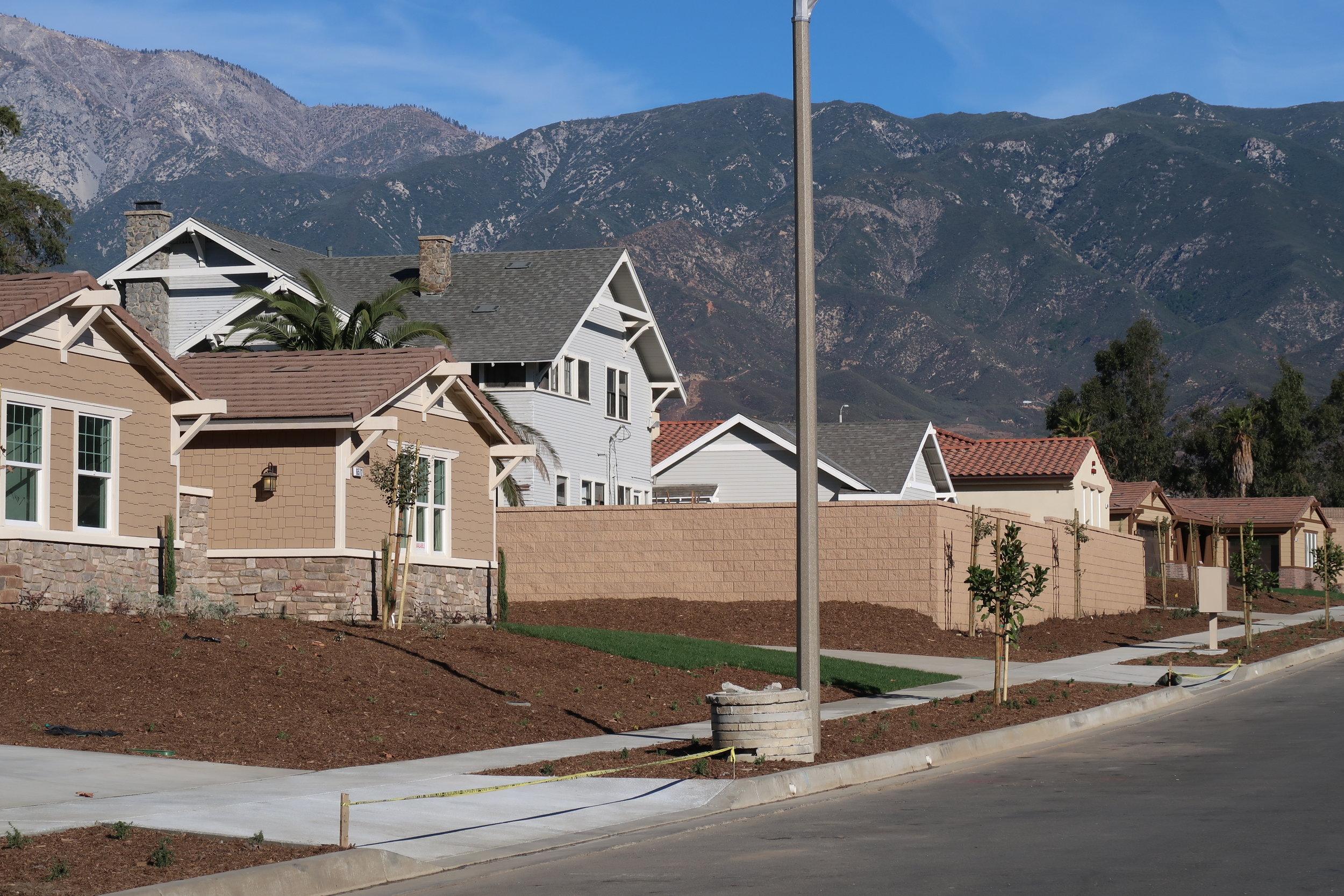Over a century old, the Ernst Mueller House sits proudly on a piece of what was once a 30-acre ranch of citrus groves and magnolia trees. Today, the rehabilitated Ernst Mueller House is preserved amidst the rapidly developing Etiwanda neighborhood of the City of Rancho Cucamonga. Chattel worked closely with GFR Homes as they developed Mueller's Grove, a subdivision of 10 newly constructed single family homes. The goal was to ensure the ranch house's historic rural setting was preserved.
Built in 1914, the Ernst Mueller House is a Craftsman ranch house once surrounded by citrus groves of lemons, oranges, and grapefruit. Today, it is a rare example of a property that still retains its integrity and feel as an early citrus ranch.
Ernst Mueller was a German immigrant and early settler of Etiwanda, California, who gained prominence as a citrus grower and active promoter of the citrus industry. Sources cite Ernst as being proactive in picking his lemon crops prior to the "freeze of 1913," which devastated much of the region's crops and in turn Southern California's citrus industry (Historic American Buildings Survey, National Park Service, 2000). It was his success as a grower that enabled Ernst to construct the two-story, eight-room Craftsman ranch house.
In 1994, the Ernst Mueller House property was designated a local City of Rancho Cucamonga Historic Landmark. This designation included the house, what was remaining of the surrounding citrus grove, Eucalyptus wind-rows, and a bordering row of magnolia trees planted by Ernst himself in the early 20th century.
Twenty years after it was determined National Register eligible in a Section 106 survey for the Route 30 (now I-210) freeway, Chattel collaborated with developer GFR Homes to ensure the setting of the Ernst Mueller House was retained as proposed subdivision plans were drafted. Chattel's report sought retention in two notable ways:
First, a portion of the historic agricultural setting was retained by incorporating a buffer of space around the house. A reverse frontage and step-in retaining walls provided the house with "breathing room" amid the adjacent properties of Mueller's Grove.
Second, a new garage was constructed and made accessible from the rear, where a new street servicing the Mueller's Grove development was constructed.
Today, the Ernst Mueller House evokes the memory of an early citrus ranch celebrating the legacy of agriculture in a rapidly urbanizing community.


